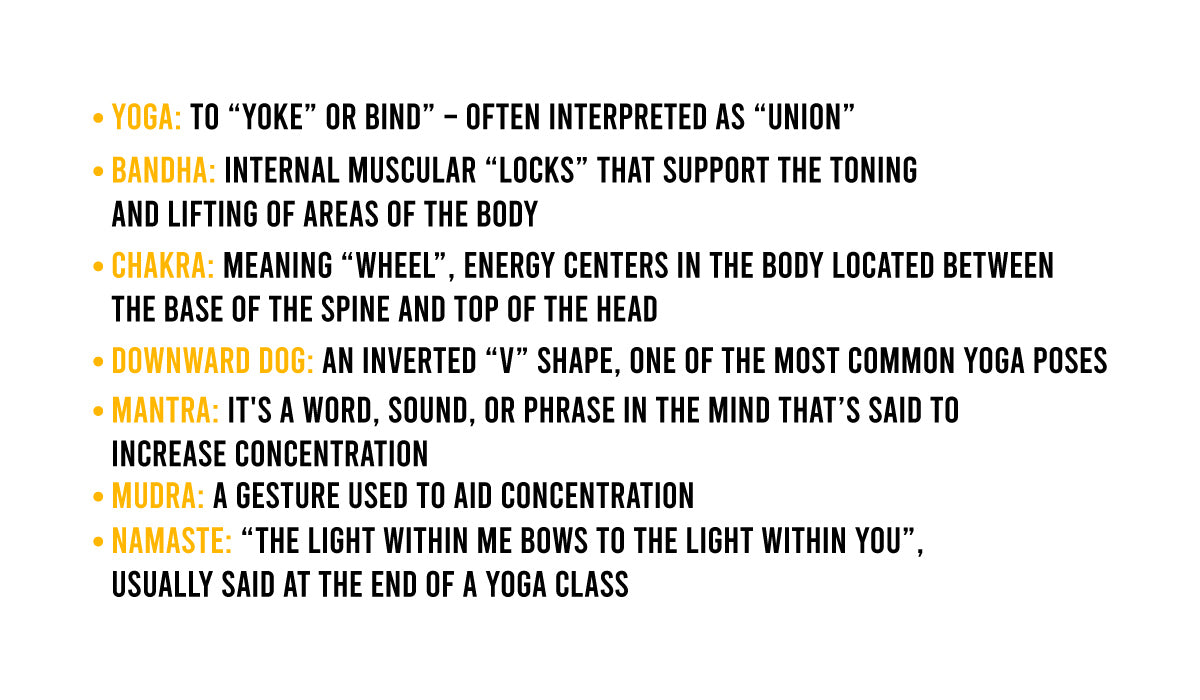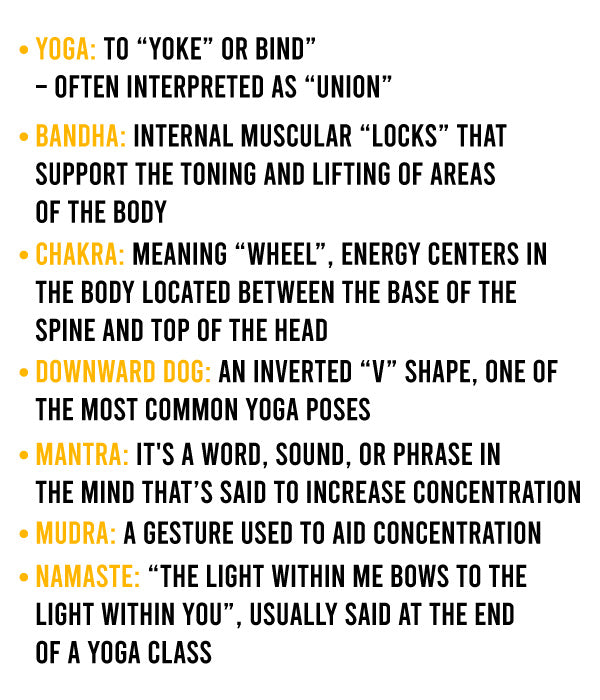Oh, September. The beginning of autumn. Leaves are changing, pumpkins are the only thing showing up in stores, oh and it’s National Yoga Month! Say what?
As we know, 2020 has been complete chaos. For real though, how are there only 3 months left in the year? With all these lockdowns, COVID-19 concerns, and deadly hornets, how are we supposed to stay calm?
The answer is YOGA! What better way to find inner peace, relaxation, and a place of zen than with the art of yoga?
But let’s cut down to basics and go back in history for a sec. For those who don’t know, Yoga is an ancient, yet complex practice rooted in Indian philosophy. It first began as a spiritual practice (shocker right), but then over time people began using it as a form of promoting physical, emotional, and mental well-being.
We know that starting off a whole new habit can be time-consuming and not for everyone, still, the benefits outweigh all of it! Whether you have the most hectic schedule or find yourself with free time, you can easily fit yoga right in! Without a mat or yoga teacher.
We made these beginners guide to yoga to better understand the fundamentals and basic aspects of this amazing lifestyle.
What you will find in this article:
TOP BENEFITS OF YOGA
Overall, yoga helps improve general wellness by relieving all sorts of stress, anxiety, and depression. It also improves mental health emotional health, and sleep.
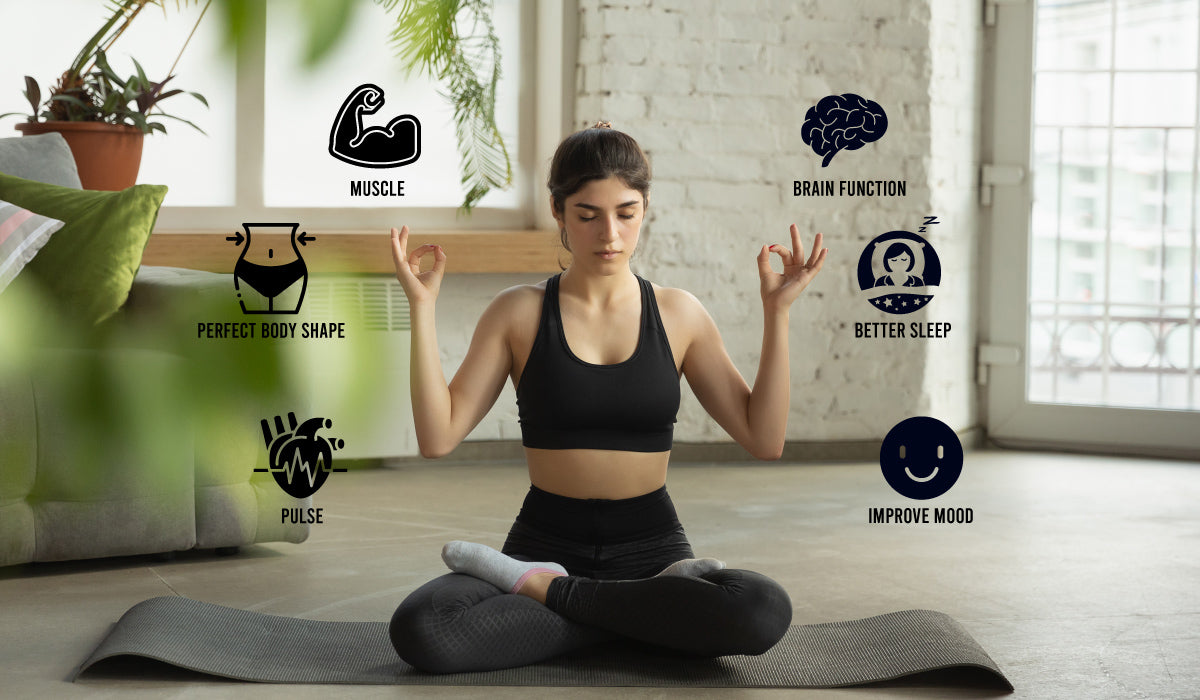
Many people add yoga to their fitness routines to improve flexibility and balance. It can optimize performance by using specific physical postures that target flexibility and balance.
Along with that it can also reduce chronic pain, improve heart health, and reduce inflammation. In other words, it improves the quality of life.
YOGA SLANG
If you have no clue what the difference between Mudra and Mantra is…the information below was made just for you.
When starting your yoga journey, you might notice that your instructors speak in a language that you don’t recognize in class – that language is known as Sanskirt, this yoga language is the root of many Indian languages.
Let’s start with the one word known by all:
DIFFERENT TYPES OF YOGA
It’s important to realize which yoga class is essential for you and the one that brings you what YOU’RE looking for. Check out these yoga types and see which one best fit’s you!
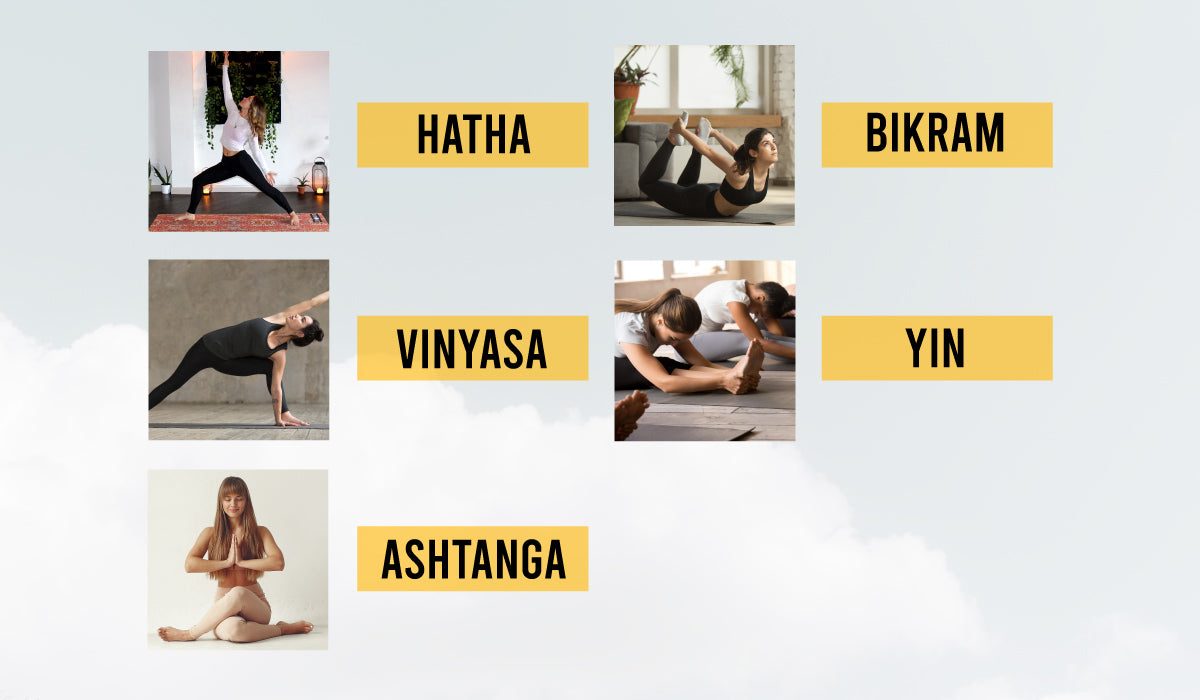
Hatha: Usually set to a bit slower pace, Hatha refers to linking poses with breath and requires you to hold each pose for longer.
Vinyasa: Typically, faster-more paced. During Vinyasa classes you are synchronizing movement with breath and learning to work your way through a series of poses
Ashtanga: usually taken after yogis have taken Vinyasa and Hatha, Ashtanga yoga classes use the same series of poses for every class and require you to master each series before going onto the others.
Bikram Yoga: Takes place in a heated room and includes a specific sequence of 26 postures and two breathing exercises. The heat in the room is said to help your body detoxify, relieve stress, and body stretch deeper
Yin Yoga: Requires you to hold poses for several minutes, as holding these poses, it helps you really soften and relax your muscles in order to target deeper connective tissues and fascia.
If you’re looking for the perfect pants to start your yoga journey, check our capri pants here.
DO’S AND DON’TS
- DO practice on a leveled floor with a carpet or mat
- DO practice yoga calmly without any haste or exhaustion
- DO practice yoga regularly
- DO concentrate on yoga while practicing it
- DO practice yoga a couple of hours after having a full meal
- DON’T do difficult exercises after yoga
- DON’T practice yoga in an unclean place
- DON’T shower or drink water 30 minutes after doing yoga
- DON’T have a full tummy while doing yoga, wait until 2 to 3 hours after large meals
BASIC YOGA POSES
Mountain Pose – stand with your feet together or hip-width apart roll your shoulders away from your ears, draw your shoulder blades down your back and lift your head

Down Dog on a chair – place your hands on the back of a chair with the palms-should distance apart. Step your feet back until they align under hips, creating a right angle with your body
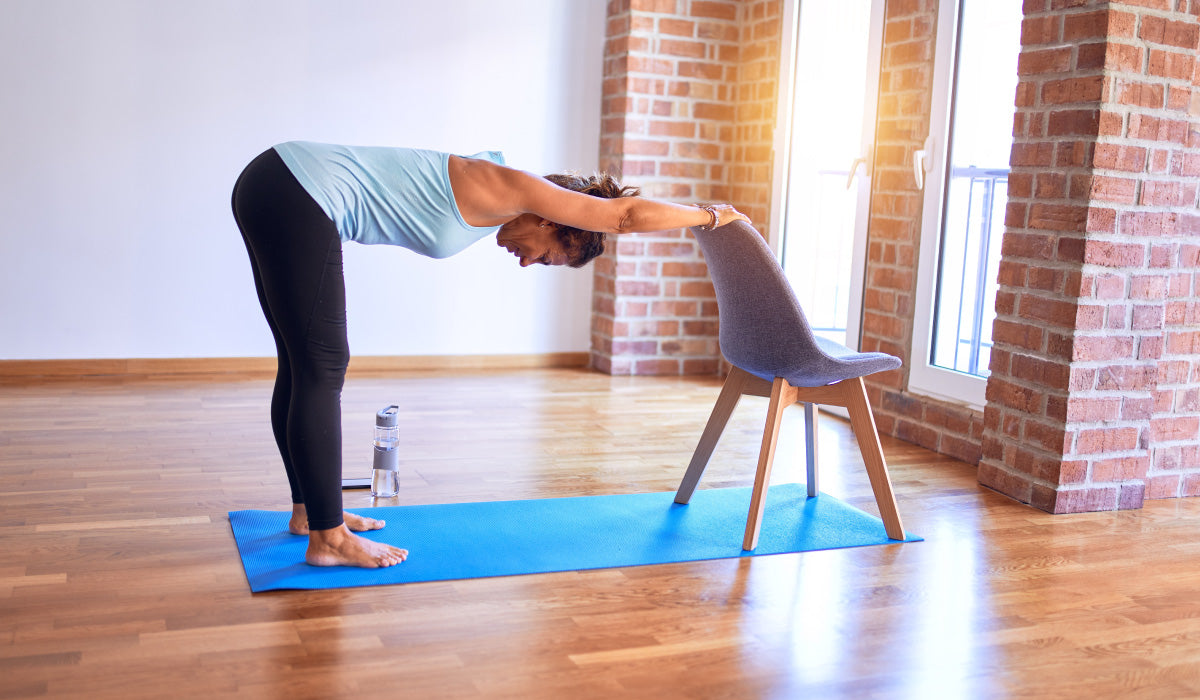
Downward-Facing Dog – Walk your hands in front of you, tuck your toes, and lights your hips up and back to lengthen your spine.

Warrior II – Stand with feet wide and shift your right heel out so your toes are pointing slightly inward. Turn you’re your left foot out and line up your left heel with an arch. Bend your left knee, keeping the knee in line with the second toe to the project the knee joint.
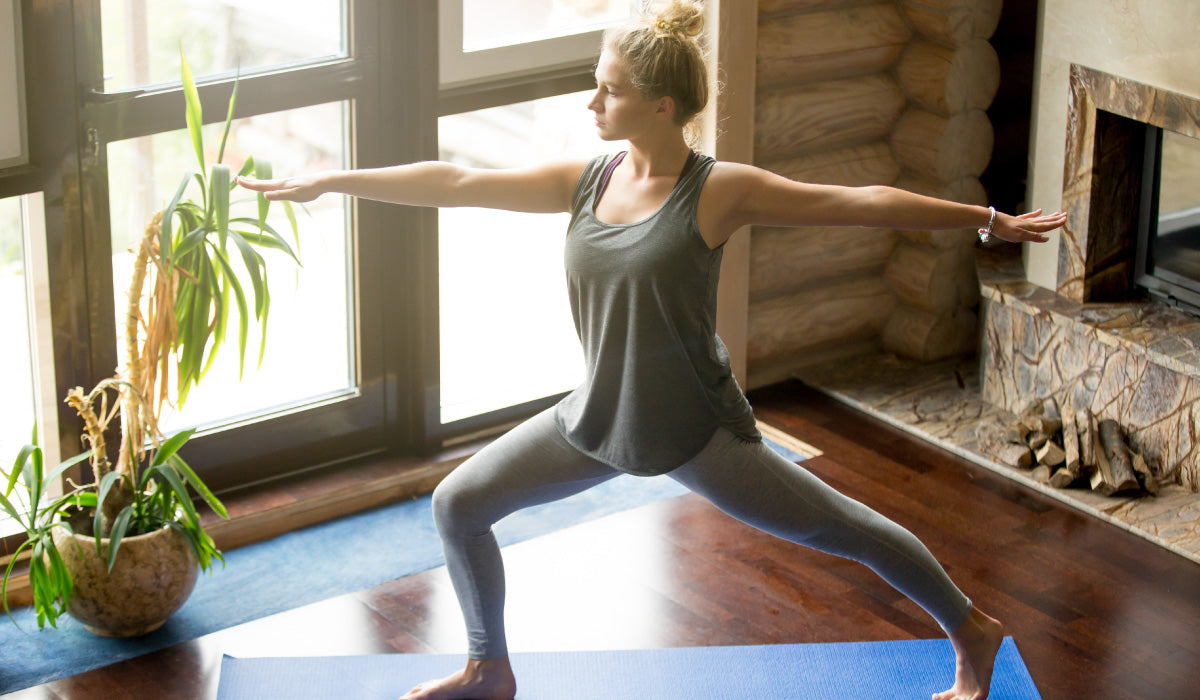
Tree Pose – Start in a mountain pose and shift your weight into your left foot and lift your right foot an inch off the floor.
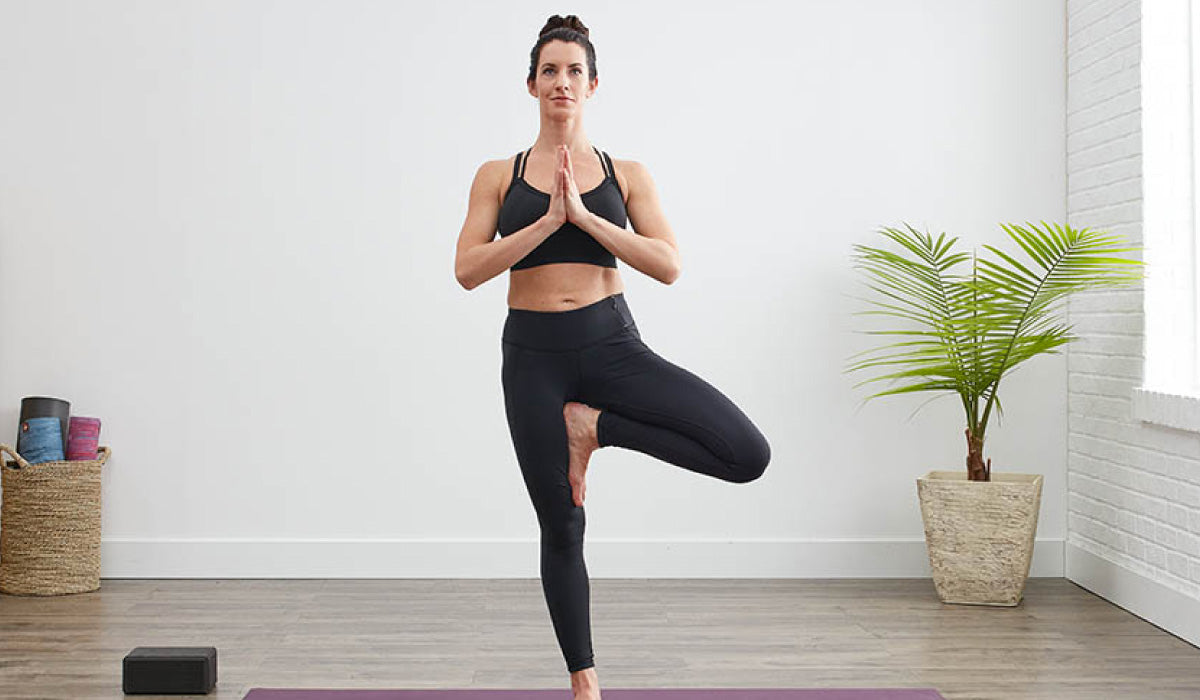
The Bottom Line
Studies have proven the numerous amounts of mental and physical benefits of the art of yoga. Adding it to your daily routine can help enhance your overall health, strength, and flexibility, all while reducing symptoms of stress and anxiety.
All it takes is squeezing some extra time in your daily schedule to have regular yoga practice a few times a week, which is just enough to both feel and notice a difference in your mental health.
And don’t forget, starting small is the first step towards doing greater things
What are you waiting for? We hear the yoga mat calling your name


